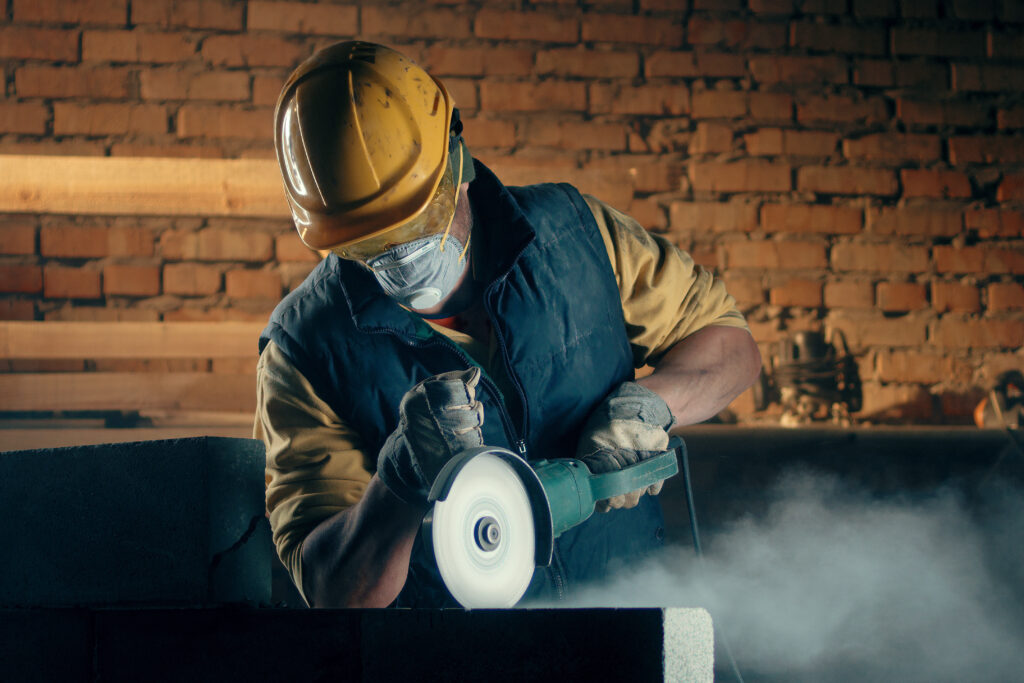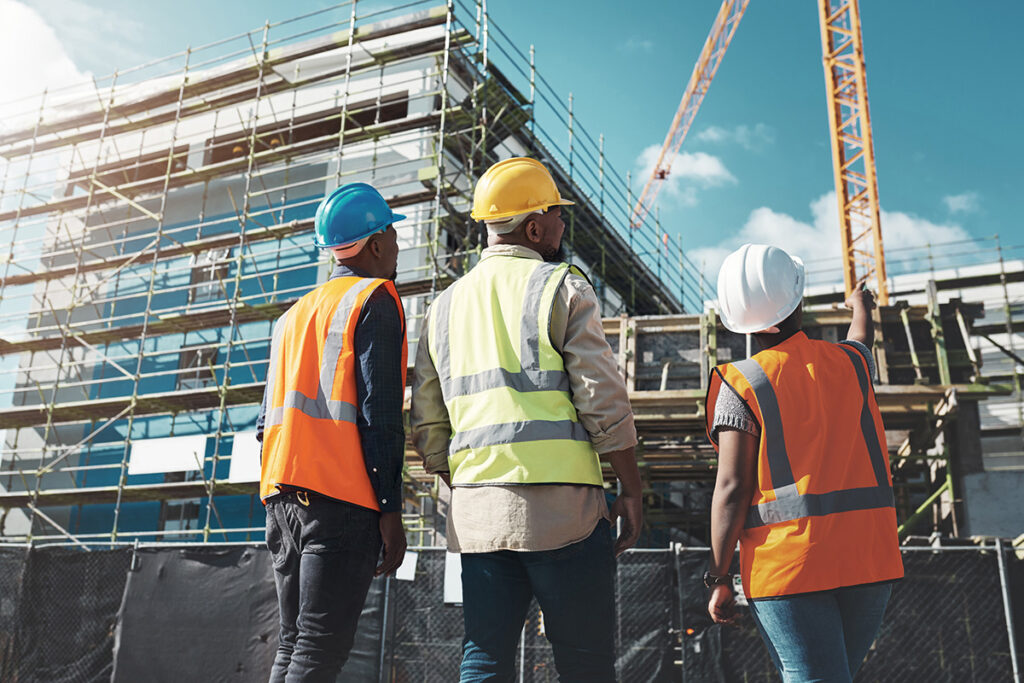A total of 5,190 workers were killed on the job in 2016 – nearly 100 people a week.
Out of 4,693 workers who died on the job in the private sector that same year, 991 one of them were construction workers.
Breaking down the numbers further, nearly 64 percent of all people who died on a construction site in 2016 were killed by the “Fatal Four.” The Fatal Four are the four most common causes of death on a construction site, and are:
Officials say eliminating the Fatal Four would save an average of 631 lives every year.

A single violation can cost a company thousands of dollars. The conditions that caused the Fatal Four accounted for seven of the top ten most cited violations handed out by OSHA officials last year. According to OSHA, the most common violations handed out during the 2017 fiscal year were:
Safety inspectors cited 1,530 violations for this. Faulty wiring can overheat breaker boxes, start fires and electrocute people. Electrocution was the cause of 8.4 percent of all construction deaths in 2016.
OSHA requires contractors to provide fall hazard training to any worker that could be working six or more feet above the ground. Inspectors cited contractors for this violation 1,724 times.
2,109 violations were handed out to contractors who didn’t have proper machine guards on their more dangerous equipment. Businesses are mandated to have protections in place, so workers aren’t hurt by things like flying sparks or rotating parts. They were cited if they didn’t have things like barrier guards or two-handed tripping devices in place.
OSHA handed out 2,349 violations to contractors for issues surrounding their forklifts, not properly loading materials, storing gasoline incorrectly, or letting someone who wasn’t properly trained drive one.
Falls accounted for nearly 39 percent of all construction deaths in 2016, making it the most common cause of death on a job site. Adding to that were ladder violations. A total of 2,567 violations were cited when inspectors saw that ladders weren’t self-supporting or couldn’t hold enough weight.
It’s a safety procedure that’s used to make sure dangerous machines are properly shut off and unable to be restarted until they’re repaired or maintained. OSHA officials cited this violation 3,131 times.
OSHA inspectors cited 3,381 violations for not properly protecting workers from dangerous particles or sprays that can cause cancer or even death. About 5 million workers are required to wear respirators in the United States, and compliance with the rule could save hundreds of workers from getting killed or sick each year.

Scaffolding issues were cited 3,697 times in the 2017 fiscal year. The law requires that scaffolding is safe and secure. The Bureau of Labor and Statistics says 72 percent of workers who were hurt on the job said they were injured when a plank or support gave way, when they slipped or when they hit by a falling object.
Inspectors handed out 4,652 violations to companies with dangerous chemicals in the workplace that didn’t properly do things like prepare a written hazard communication program, properly label containers, or offer adequate training to employees who could be exposed.
384 people fell to their deaths in 2016. Inspectors also cited contractors more often for not properly protecting their employees from falls than any other violation in the 2017 fiscal year, citing 6,887 code violations.
Construction sites can be dangerous, which is why it’s critical that everyone makes safety a priority. Accident-free work environments are also more productive and cost-efficient. Some proactive steps can go a long way in saving a contractor time and money while ensuring everyone on the team gets home safely.
Make sure someone is regularly walking through the site, giving it a thorough inspection to see if there are any hazards that need to be addressed. Hazardous materials should also be regularly checked to make sure they are properly marked and stored.

Again, OSHA handed out over 2,000 violations last year for not having the proper machine guards in place. Contractors are required to do their best to protect workers from some of the more dangerous elements of a job site. Make sure barriers are up and all your safety components are in place before starting any equipment up. Regular maintenance checks and tune-ups will also help everything stay in good, working order.
It’s one of the easiest ways to protect your workers from the dangers found around a job site and protect your company from costly fines. Goggles prevent flying debris from ending up in workers’ eyes, earbuds protect their hearing; good, reinforced boots keep their feet safe from falling objects and all the sharp materials scattered around construction sites. OSHA requires that contractors provide workers with the proper safety gear for the job.
Everyone has to pitch in to keep a job site safe. That’s why it is so important that workers are regularly given safety training courses. Site safety improves when everyone knows what types of hazards to look out for or how to properly label materials. It also means that more people on the site know how to handle a precarious situation before it develops into a dangerous crisis.
Quickly review all accidents to find out what caused it. If it was human error, remind workers about safety policies in place. If it was an issue with the equipment, make sure it’s removed and repaired before coming back on the job site. Even near-misses are worth looking into because it still means someone else could get hurt next time. Any step you can take to improve safety is a good one.
Schedule a demo to see how our solutions can help you track activity at job sites and keep your crews safer.
Recent Posts
Categories
Stay in Touch
Ready to make fleet management more manageable?